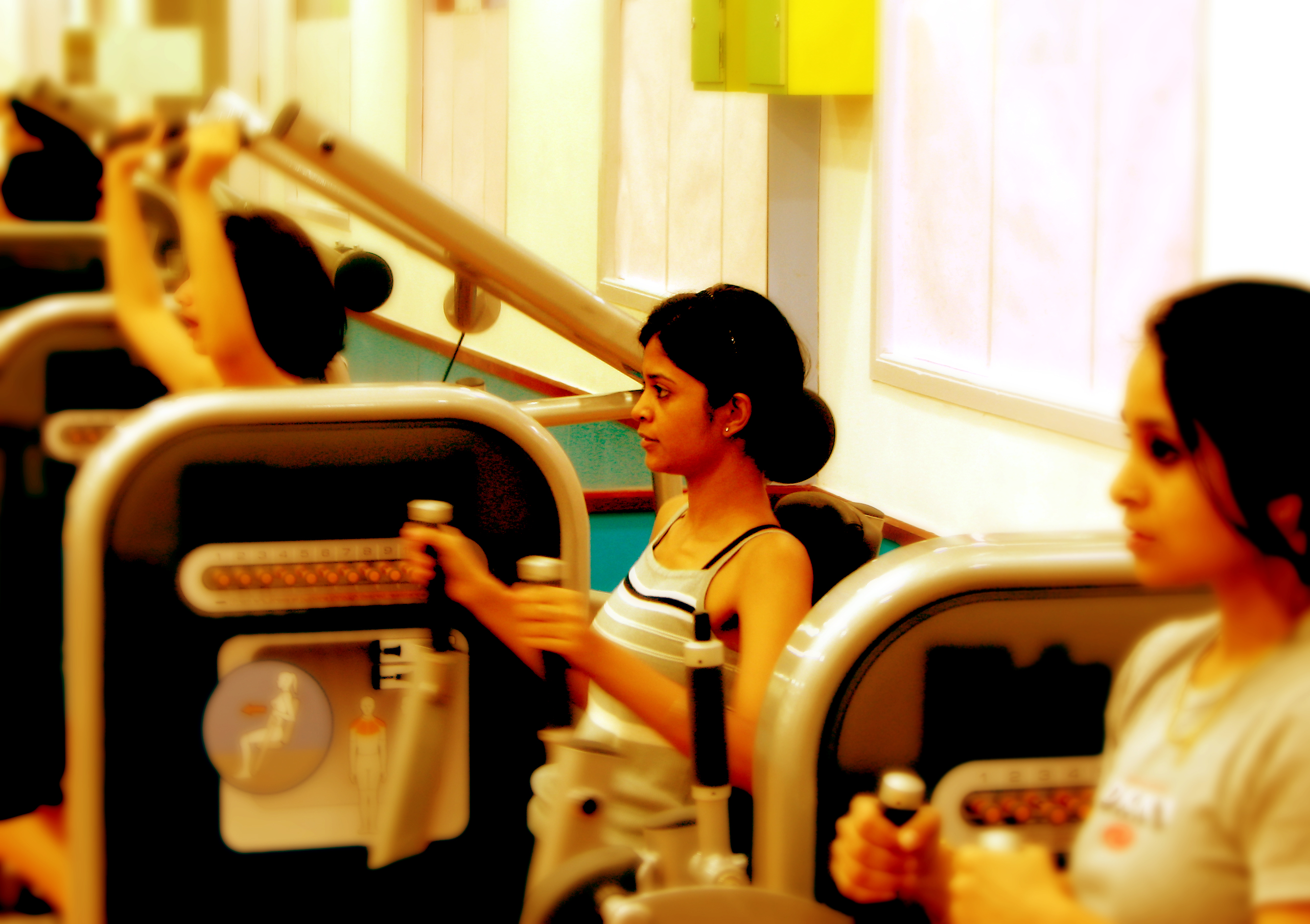
FRIDAY, Dec. 10 (HealthDay News) — Human milk has long been considered nature’s ideal nourishment for babies.
But some breast-feeding experts and advocates disagree whether breast-milk banks — the subject of fresh scrutiny by the U.S. Food and Drug Administration — should remain unregulated or whether lactating mothers should share their milk with needy infants at all.
An FDA panel of experts said earlier this week that, pending further study, the nation’s milk banks should be allowed to go unregulated. That means that the largely nonprofit operations can continue to operate without government intervention — providing millions of ounces of screened, processed milk each year to premature and sick babies.
“I think it’s wonderful the FDA is looking at milk banking,” said Dr. Ruth Lawrence, professor of pediatrics at the University of Rochester School of Medicine and Dentistry and immediate past chairwoman of the American Academy of Pediatrics executive committee section on breast-feeding.
“Were talking about a precious bodily fluid that can save babies’ lives,” she said. “We have to regulate that.”
Not everyone is accessing donor breast milk through reputable milk banks with screening processes in place. Some, instead, are turning to the Web. Just last week, the FDA angered advocates of these more informal, Internet-based networks for sharing breast milk by issuing a warning against “feeding your baby breast milk acquired directly from individuals or through the Internet” because of the risk for disease or contamination from drugs, germs or chemicals.
To the founders of Eats on Feets, a five-week-old global networking site that facilitates milk sharing through regional chapter pages on Facebook, the U.S. government’s admonishment was seen as not only intrusive but demeaning.
Noting the centuries-old tradition of “wet nurses,” women who filled in for mothers who could not breast-feed their own babies, organizers said that mothers today are smart enough to determine if another woman’s milk is fit for their infants.
Myriad reasons prompt the need for donated breast milk, including a baby’s prematurity, illness or a mother’s absence or inability to produce sufficient milk
“Women want to do the best thing for their babies. To suggest otherwise is quite patriarchal,” said Emma Kwasnica, a Montreal-based mother of three who joined with Shell Walker of Phoenix, Ariz., to form Eats on Feets. “What’s the big deal? The [donating] women are already feeding their own baby. No one is going into this lightly.”
“It’s really not a health issue,” added Kwasnica, whose children are 14 months, 3 years and 7 years of age. “I think it’s a political issue, quite frankly.”
The Internet’s role in milk sharing does seem suspect to some, however, especially to older generations who are not as comfortable with technology and who associate it with “stranger danger,” Kwasnica said.
“It’s kind of like they think we’re drug dealing or doing something crazy,” she said. “We’re so afraid of bodily fluids in North America. But breast milk is a very different thing. It’s not like semen or blood. It’s a food.”
Kwasnica and Walker point out that new mothers who donate their breast milk have recently undergone rigorous medical screening, including blood work, during pregnancy and childbirth. Those considering using their milk can easily determine if the donors are healthy, they said.
“I would ask, where do people think the milk banks are getting their milk from?” said Walker. “They’re getting their milk on the Internet, just like we are, and it’s worked out fine.” Walker has four children, ages 19, 18, 9 and 8.
She said there’s room for both milk banks and milk-sharing networks, “and the FDA can leave both of them alone.”
Kwasnica said that breast milk bought through milk banks typically costs about $2 an ounce.
Lawrence, from the pediatrics association, isn’t convinced, however. She believes there aren’t enough safeguards in the Web-based sharing networks to prevent problems, especially the milk-borne spread of infections.
“There are opportunities for disaster,” she said. “It’s risky. If these are your best friends and they’re in good health with no underlying diseases, then fine. I’d be much more supportive of this [Internet-based] concept if we didn’t have such wonderful milk banks.”
But breast-milk banks don’t have enough stock to take care of all current requests, much less babies who may need temporary sustenance while their mother is ill or absent, said the founders of Eats on Feets, who said their group represents women from 28 countries.
Besides, “you can’t regulate what a woman does with her body,” Kwasnica said. “You can’t stop women who want to help or women who need help for their babies.”
More information
The U.S. Food and Drug Administration has more about using donor breast milk.

